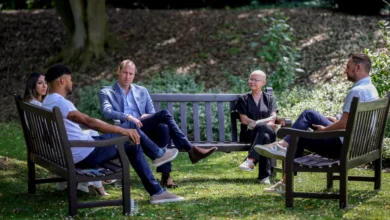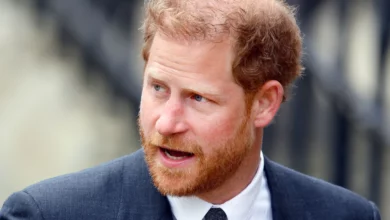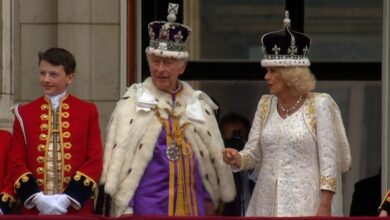A gold medal can tell different stories: the tale of the solider who earned that medal, or the tale of the king who placed it on the soldier’s chest. A visit to the Royal Jewelry museum in Alexandria will leave you imagining such stories and more. The pieces on display hint at intimate details of an era long past, and the loves and wars of the royal family of Egypt.
First Lady Suzanne Mubarak inaugurated the museum on 10 April, reopening it to the public after five years of renovations. The opening ceremony was attended by Culture Minister Farouk Hosni, governor of Alexandria Adel Labib, and Zahi Hawas, secretary general of the Egyptian Supreme Council of Antiquities, who said the newly installed security system cost over LE55 million.
The museum’s premises, located in the neighborhood of Zizinya, has a story of its own. The building was once a castle that Zeinab Fahmy, member of the royal court and great-granddaughter of Mohamed Ali Pacha, built in 1919. In her will Fahmi left the castle to her daughter Fatemah, who added an extra section to the west of the original building. The wooden Damascene themed ceilings and the frescoes depicting naked angels on the walls are quite amazing.
After donning special footwear to prevent footprints being left on the newly-restored floor, visitors are saluted by portraits of King Fouad and Mohamed Ali Pacha wearing the famous fez (tarboosh) with gold medals on his chest. In the first hall, visitors to the museum can view two collections of gold jewelry inlaid with diamond and precious stones. One of the collections belonged to Princess Shivakiar, King Fouad’s first wife, who he married in 1893. The other was owned by Queen Farida, wife of King Farouk. The Farida collection was made by famous French jewelry boutique Boucheron.
In the second hall a painting of Princess Fatemah el-Zahraa is on view. The blond princess, wearing a diamond tiara in her portrait, was the daughter of Khedive Ismail and best known for auctioning all her jewelry to help build the first Egyptian university. The princess’s project started in 1908 when she donated land for the university to be built, and Cairo University (known as Fouad University back then) started receiving students in 1914.
The princess’s jewels, however, are long since lost and no efforts to retrieve them have ever taken place.
Medals bestowed by the king on members of his family, heads of state, other royalty ,and members of their families are exhibited in the museum. The medals were either locally made or imported, and stamped with the name of their maker. One of the most famous medal makers was the Egyptian royal jeweler Tewifk Bishay.
The cosmetic boxes and lipstick holders of Queen Nazli, first wife of King Fouad and mother of King Farouk, are all made of gold. Some were made by famous French jewelry house Van Cleef and Arpels, established in 1896. The collection includes a gold container bearing the queen’s first initial, a badge of the women’s Red Crescent Society, and a necklace made of amethyst. A tortoise shell box which carries images of naked women covered with fig leaves is a work of art.
Other notable collections include a set of jewelry that was owned by Princess Fawziya, sister of King Farouk who married the crown prince of Iran, and an Indian-inspired set owned by Queen Nariman, second wife of King Farouk.
Ahmed Bey Naguib is a name that visitors come across repeatedly in the museum. The royal jeweler was responsible for many of the finest royal pieces and has his name on the diamond-inlaid gateaux boxes that were used to present sweets to the guests of the king.
The Italian house of jewelry Mellerio dits Meller is another famous name among the royal collections. Cartier, established in 1847 and still one of the most important jewelry designers, was a favorite of the Egyptian queens, who named the owner of the house “the jeweler of kings and the king of jewelers.”
One might expect that piecing together all the items on display in the museum must have taken a great deal of time and effort, but they were all expropriated during the time of the revolution in the fifties. “They were all locked in security boxes in the Central Bank of Cairo,” says Hoda, one of the tour guides at the museum, “and then they were all delivered to us here by the police.”
Two pieces took my breath away: an elephant made of ivory, inlaid with amethysts and sapphires, and a torch made completely of gold, weighing over 15kg and bearing King Farouk’s name together with the Egyptian crown. The cup was made to commemorate Egypt’s victory in an international tourism competition.
Visitors to the museum seem to be mostly older Egyptian women who gaze at the beauty of the pieces and remember times they never lived, talking among themselves about the delicacy of each of the princesses as they listen to the pieces whispering to them their stories.
The museum is located at 27 Ahmed Yehia St, Zizinya, Alexandria.




